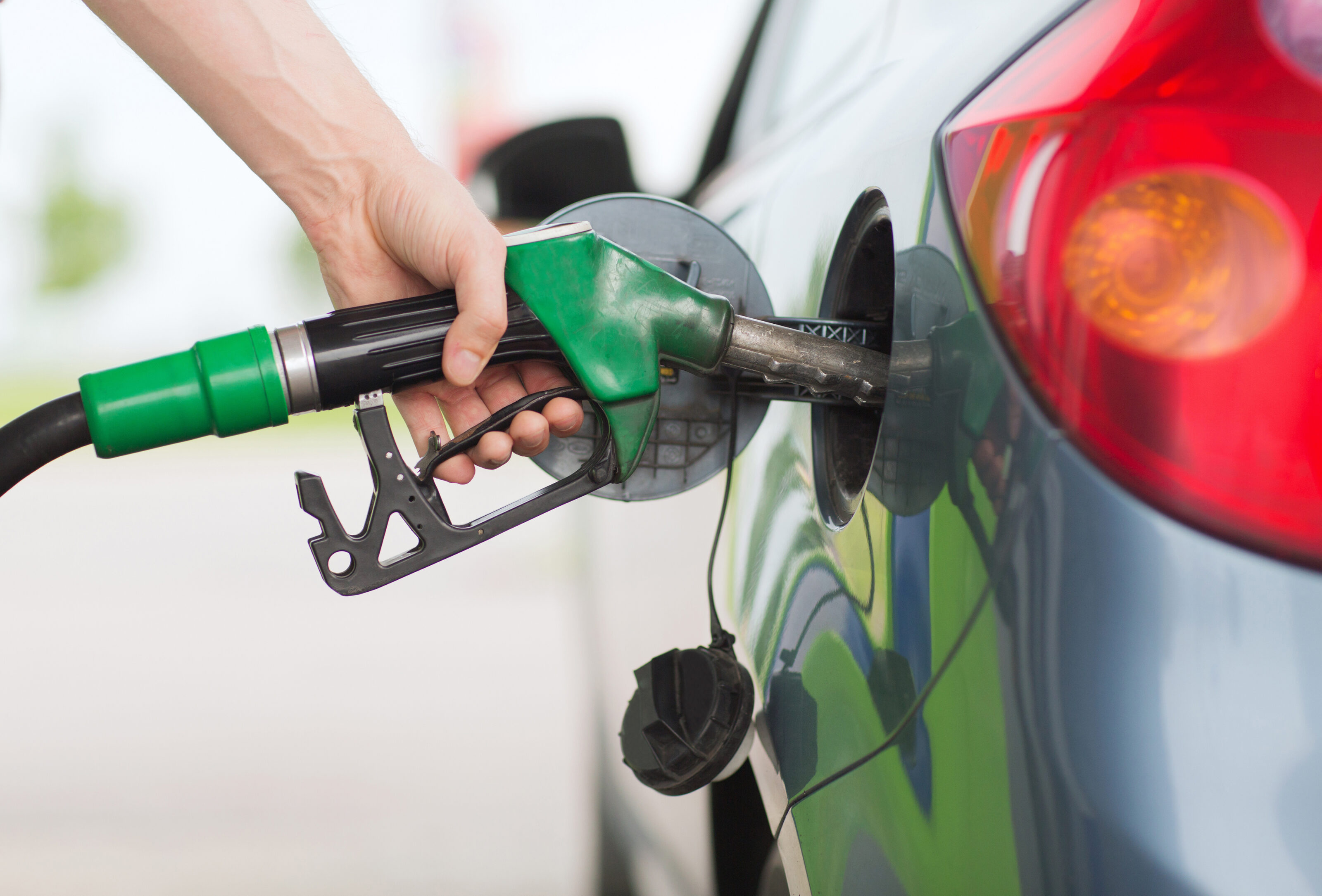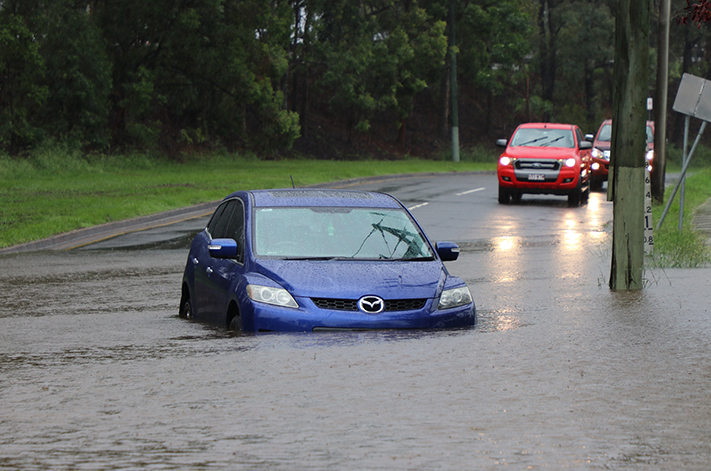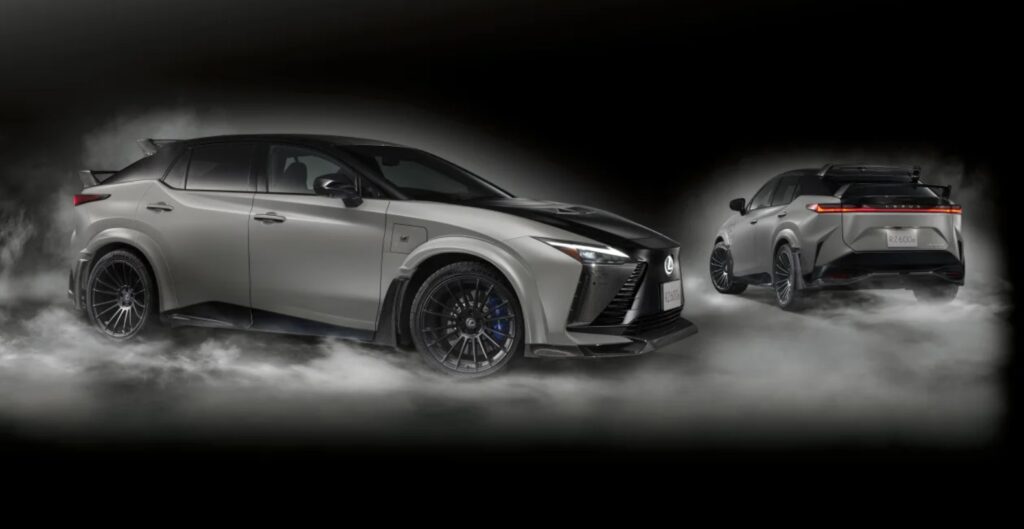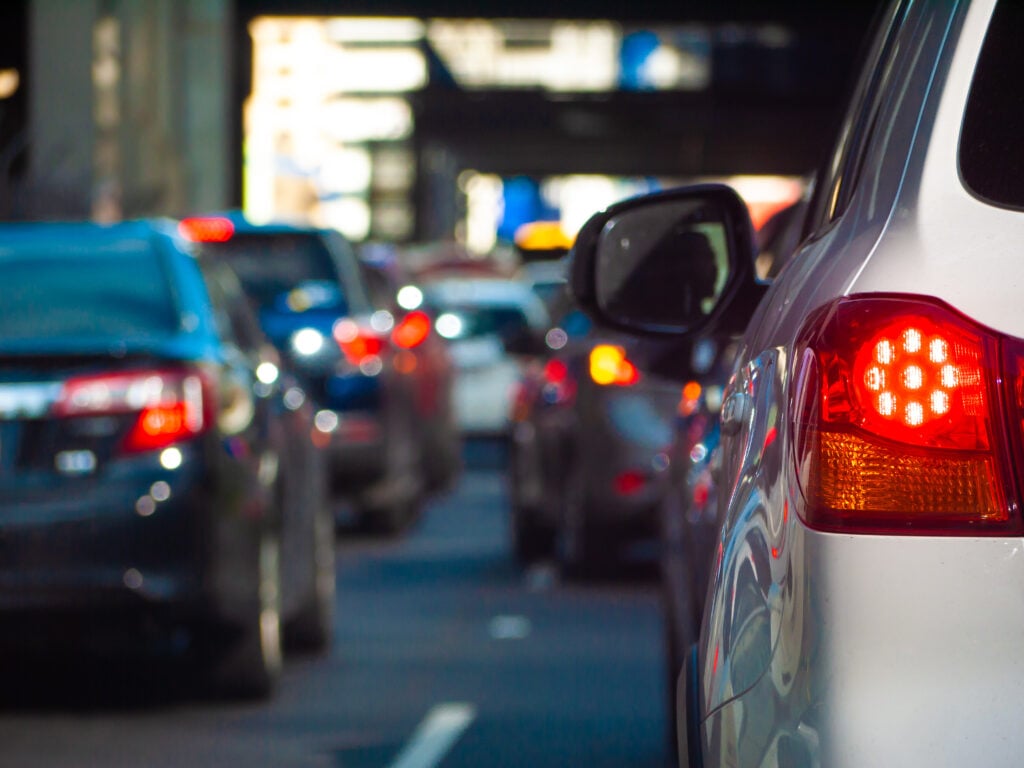
“A strong majority of motorists oppose a 25 cent per litre increase in fuel excise”
Snapshot
- AAA says motorists are more accepting if excise is spent on roads
- Fuel excise returns to $0.44/litre from Wednesday 28
- On average just over half the excise collected goes towards roads and transport
Research carried out by a leading motoring group has shown motorists would be happier to pay more in fuel excise if funds were entirely allocated to roads and transport.
The federal fuel excise will return to $0.44/litre on September 28, 2022, after six months of being halved to ease cost of living by the former Government earlier this year.
Of the 1910 people surveyed by the Australian Automobile Association (AAA) 67 per cent of said they would support the idea of all excise revenue being spent on transport infrastructure.

A smaller 56 per cent supported the increase if all revenue is spent on transport, while 60 per cent were against the raise if no new measures are put in place.
“It is clear that a strong majority of motorists oppose a 25 cent per litre increase in fuel excise, but motorists are more accepting of this tax if they see it being spent on the roads and transport infrastructure their communities need,” said AAA Managing Director Michael Bradley.“The AAA again calls for the October Budget to allocate 100 per cent of fuel excise revenue raised to Commonwealth funding of land transport infrastructure.”
What happens if all excise revenue goes to roads?
Over the last decade, the total revenue generated from the fuel excise in Australia has consistently exceeded road and transport infrastructure spending.

On average 53.7 per cent of the $6.84 billion collected by the Treasury is put towards road and transport projects, with the 2020-21 financial year marking the largest percentage (69.9 per cent) of fuel excise reinvested in roads in the last decade.
In 2020-21, the federal expenditure on roads and transport was $8.88 billion, while fuel excise accounted for $12.73 billion revenue.
The extra $4 billion is money the AAA wants to see put back into transport infrastructure, however this means essentially redirecting this money from other public, federally-funded areas such as healthcare and education.
What about EV drivers?
While drivers of electric vehicles do not pay the fuel excise, it’s not the case that electric vehicles use our roads for free.
Being generally higher in purchase price, EVs attract more fees through Government taxes at the time of purchase.
For example, a 2023 Hyundai Kona Highlander lists at $38,300 before on-road costs, attracting $1594 in stamp duty and registration fees in NSW. An already dearer $58,000 Kona Electric Highlander commands 63 per cent more ($2651) for the same charges.
In Victoria, EV owners also have to pay a road user charge per kilometre driven. In 2022 that’s 2.6c/km for fully-electric vehicles and 2.1c/km for plug-in hybrids – which are effectively doubled taxed because they also pay the fuel excise.

It’s also worth noting that, when charging an EV from the grid, electricity attracts 10 per cent GST. The amount an EV owner contributes also differs by state, with Victoria charging $0.026/km.
A car that uses 8.0L/100km of fuel costs around one cent per kilometre more in excise than an EV, which works out to $0.035/km in Victoria.




